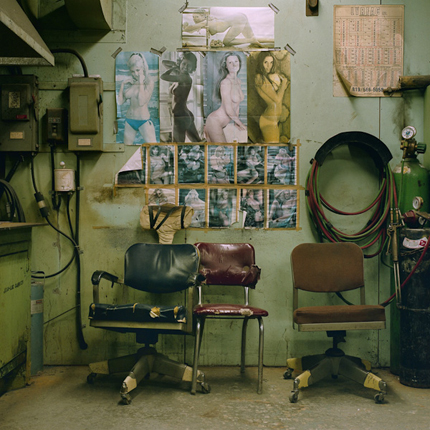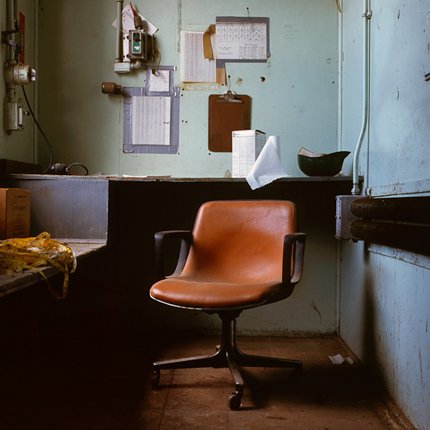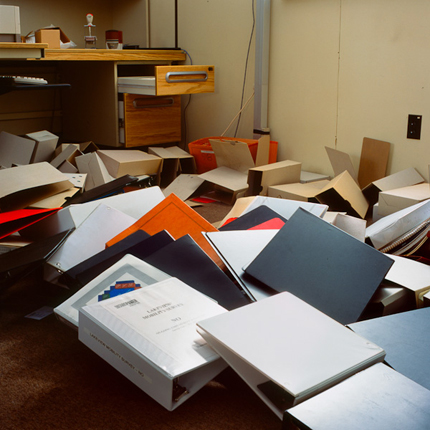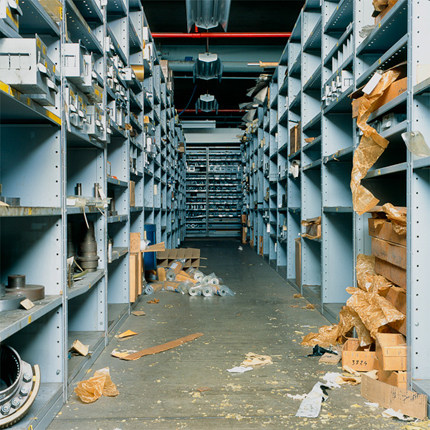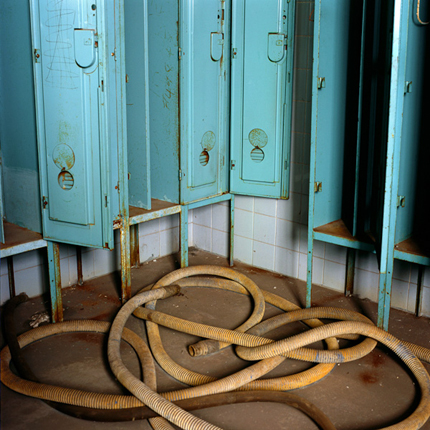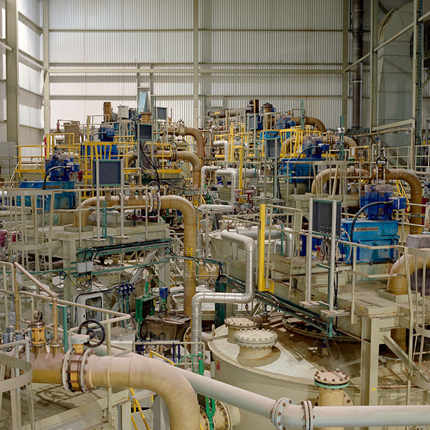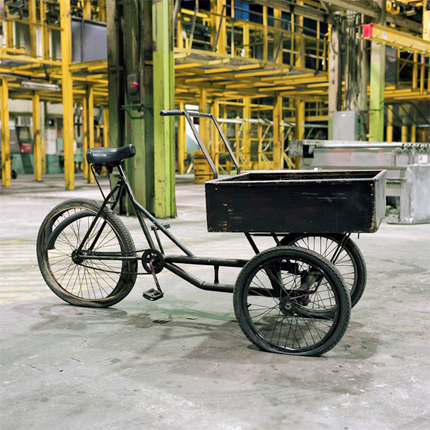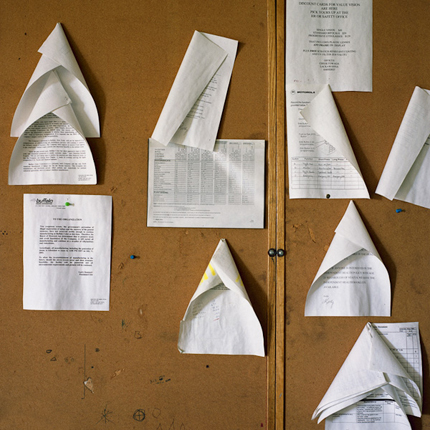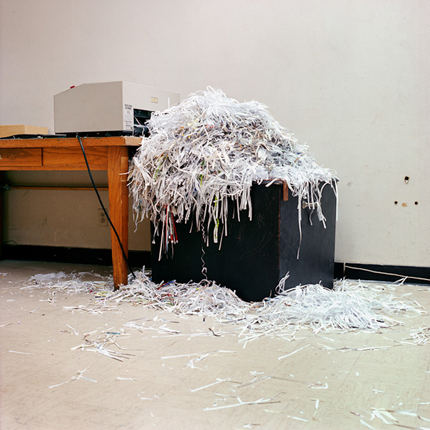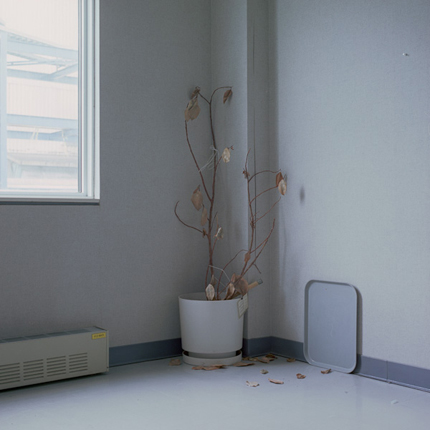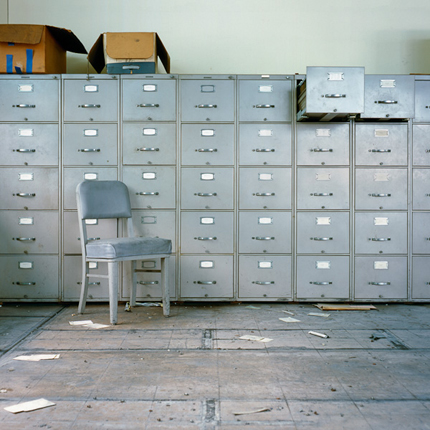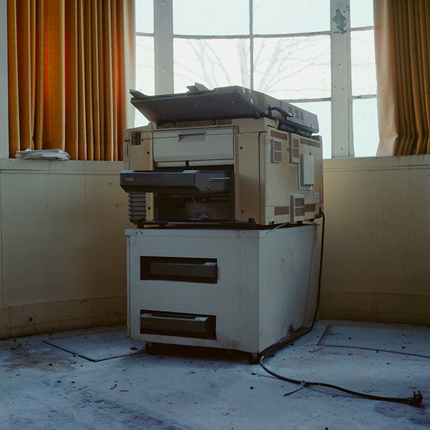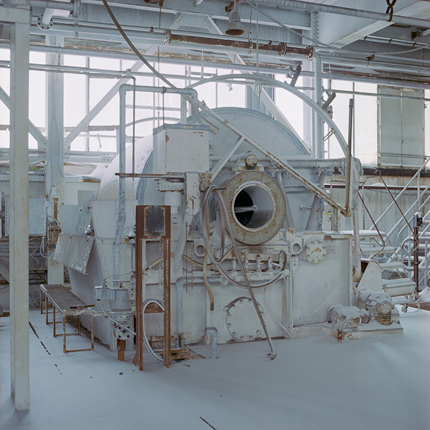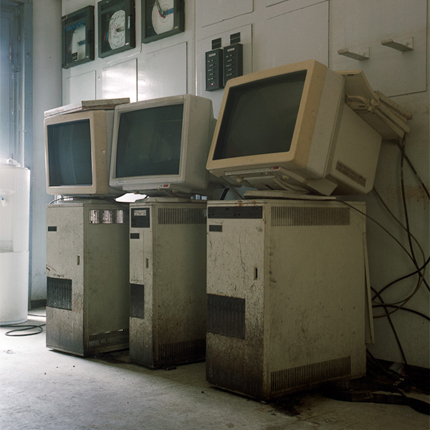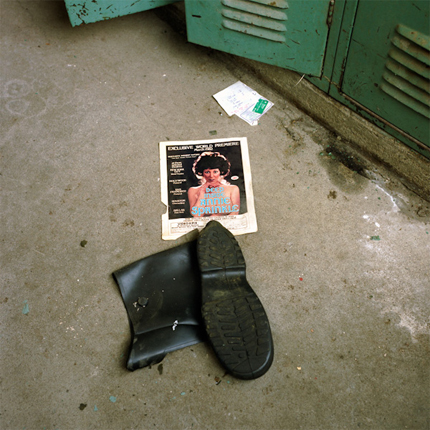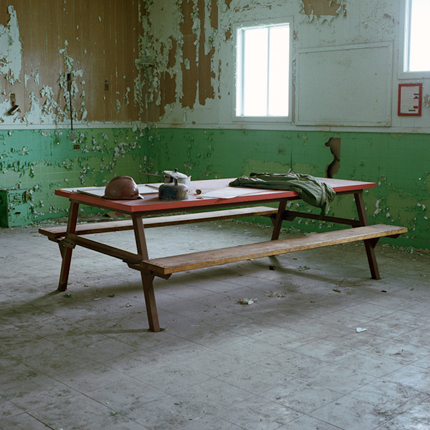For five years I photographed vacated industrial complexes in Eastern Canada and the United States. Their back stories are familiar to many by now: once booming industries unable to face the challenges of changing markets became mothballed, decommissioned, bankrupt. Sometimes these places closed abruptly without warning. Other times, the process of their demise was more of a slow unravelling with one division closing after the next over the course of months, sometimes years.
I never sought permission to access these places, but gained entry independently at night or on quiet Sunday afternoons when security checks were less frequent. Access sometimes required a good deal of patience and planning. More often though, it was simply a matter of climbing a fence, opening a door and hoping for the best. Whether it was a power station, a grain elevator or a petrochemical plant, I was free to examine each location at my own pace and on my own terms.
These facilities frequently blurred the line between activity and dormancy. It wasn’t always clear how long it had been since someone had last set foot inside. Paperwork and calendars on the wall only revealed so much. If it appeared as though employees had left these buildings in an instant. It also seemed as though they could just as quickly reappear.
I didn’t want to simply photograph architecture or the mechanical details contained within. While these details were often impressive in their design or scale, they said little about either the people who once worked there or the circumstances of their removal.
I photographed what I felt was more indicative of employees and the culture of work: tools, company memos, pin-up girls, or discarded articles of clothing. These were things I recognized from my own day to day life, and formed a link between myself and a sector of society that I often felt alienated from.
These were also objects and scenes suggestive of both people and of systems designed to encourage productivity. What I found in them was evidence of work’s illusory nature and that, perhaps, the premise of it leading us to a better place is not without its fallacies.


